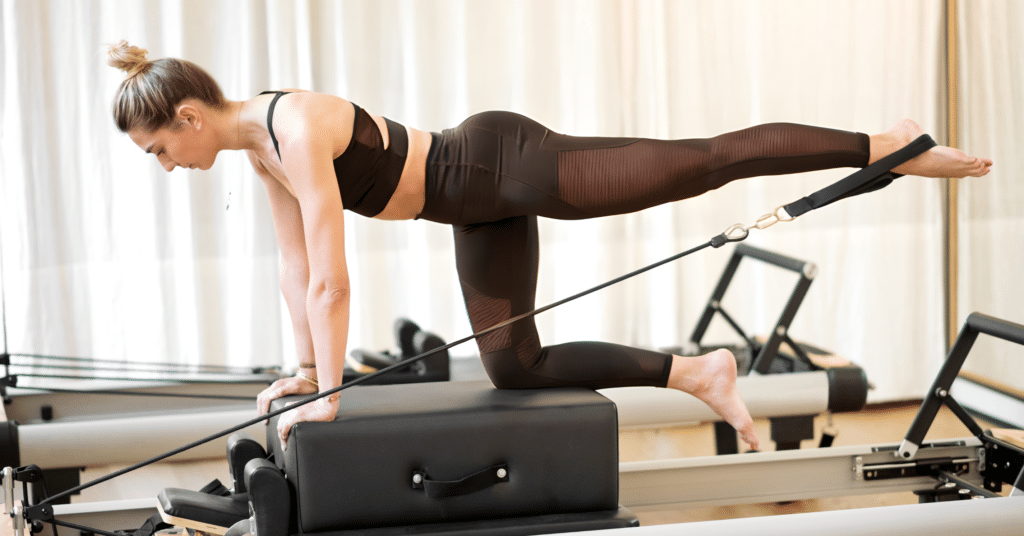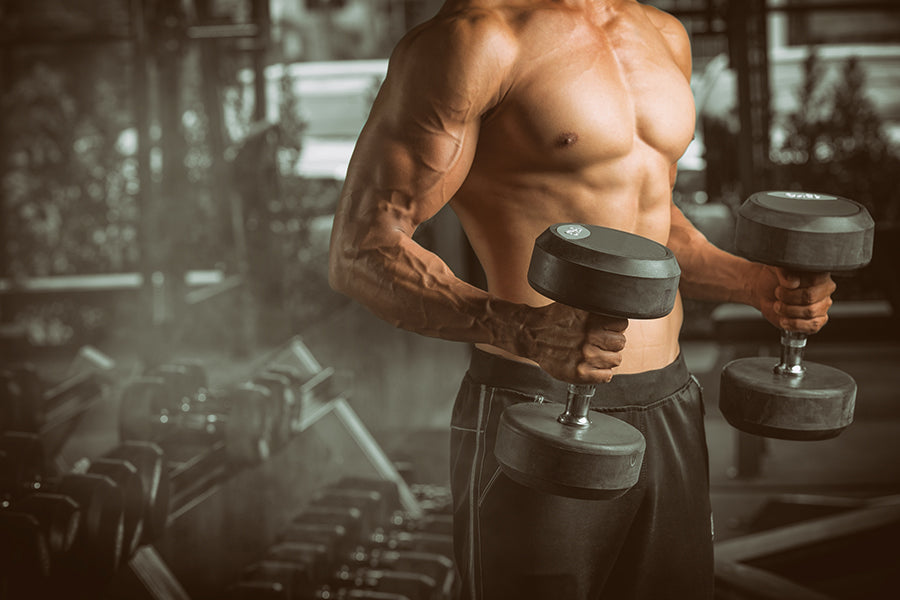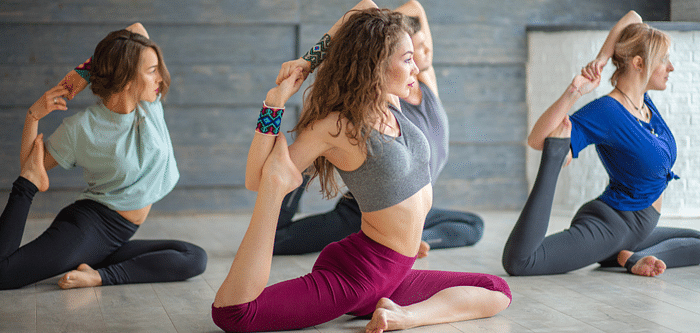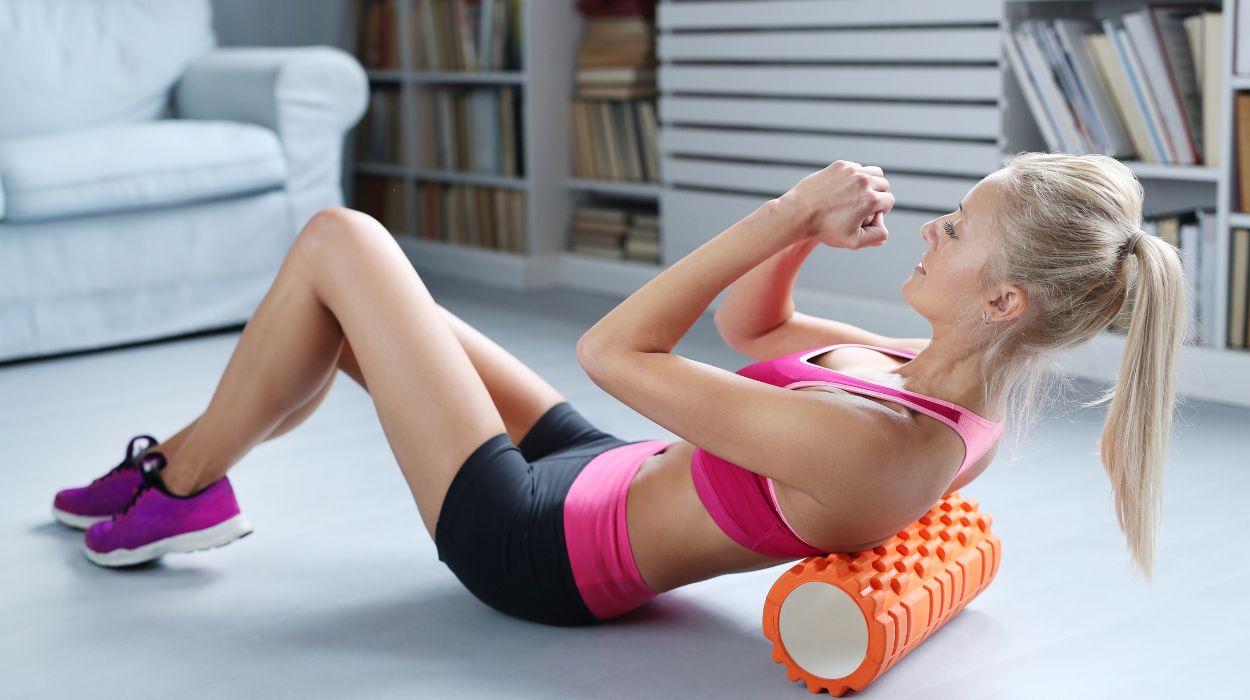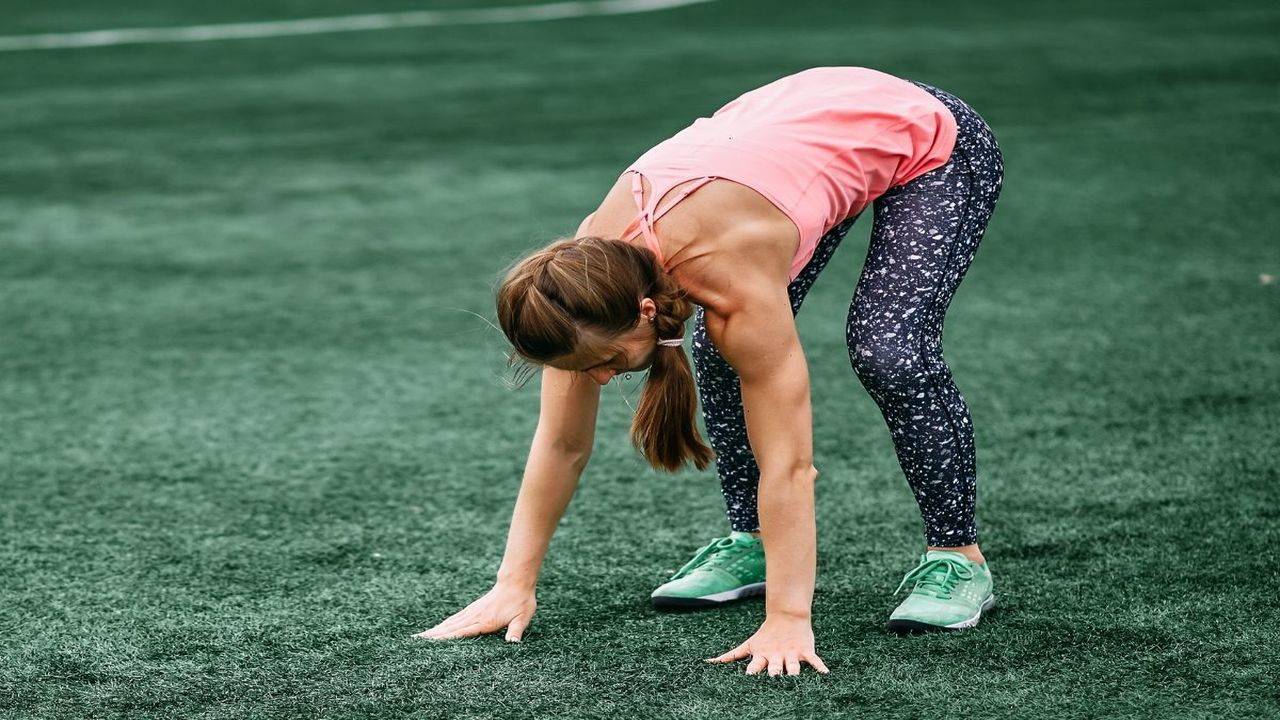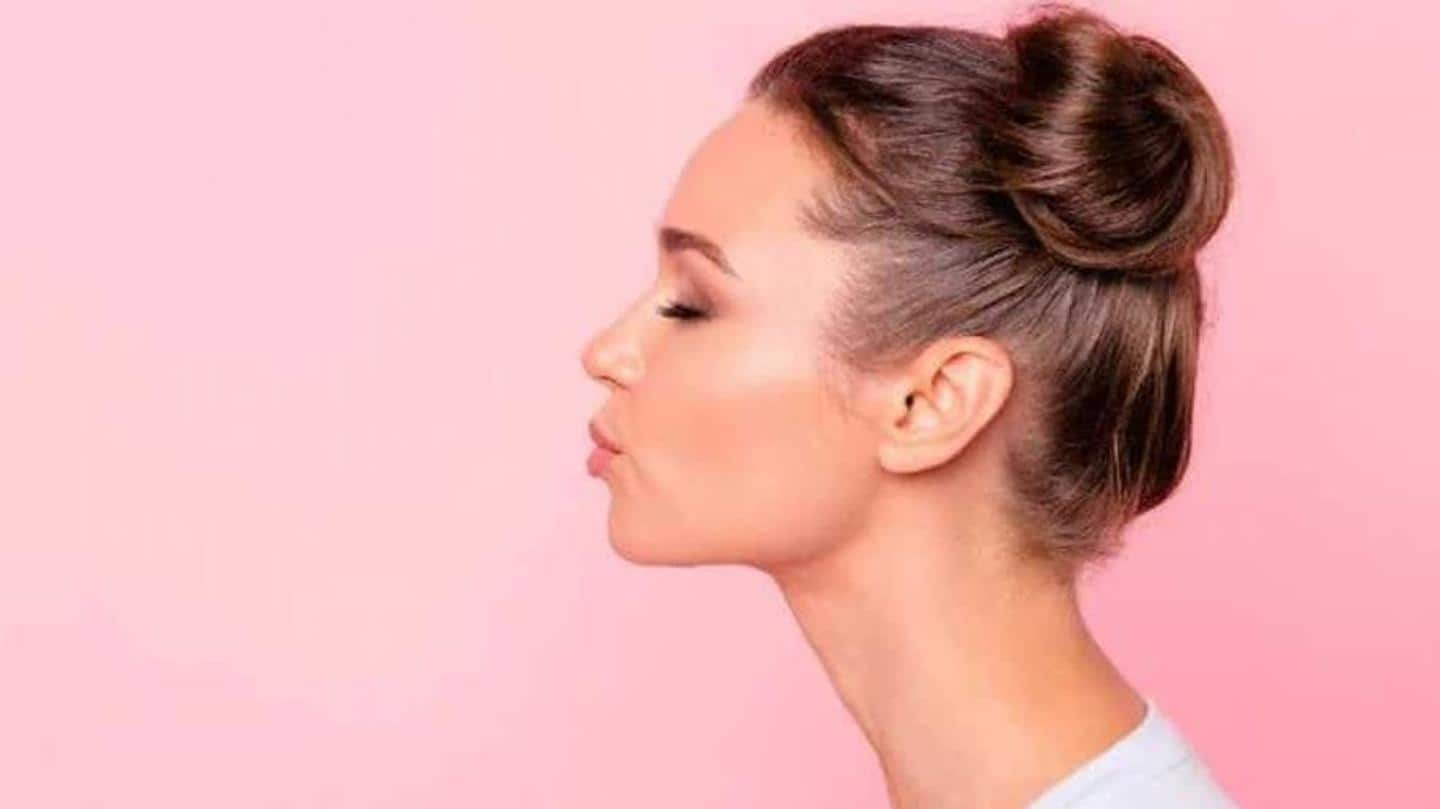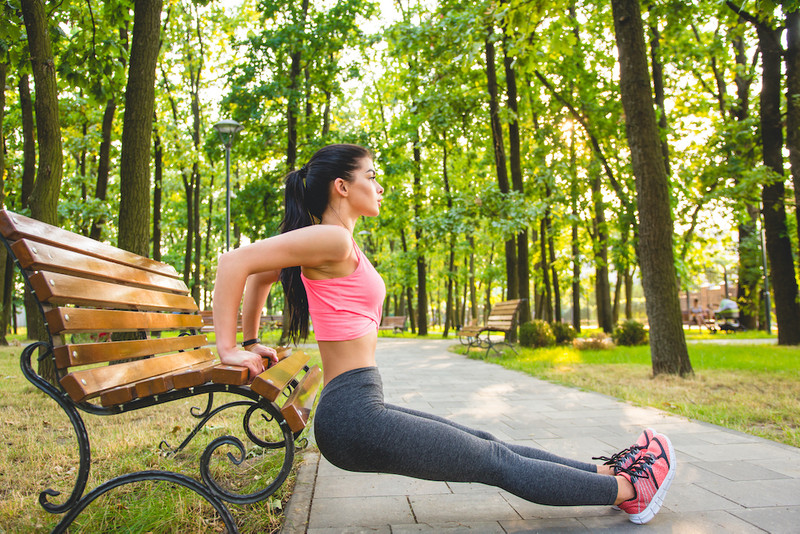So, you’ve finally decided to give Pilates a shot? Good for you. If you’ve been watching those lean, flexible people on Instagram balancing on strange machines or rolling around on mats with perfect posture, you probably know Pilates isn’t just any workout—it’s an entire vibe. But before you grab your mat and jump into your first class or YouTube video, there are a few things you should know to make sure you get the most out of it.
Pilates is simple at first glance, but if you really want to reap its full benefits, there’s a bit of prep you’ll thank yourself for doing. Whether you’re going for mat Pilates at home or eyeing those big studio reformer machines, here are five things to keep in mind before you say hello to your core muscles in a whole new way.
1. Know What You’re Signing Up For
Let’s clear this up—Pilates isn’t yoga. They may look similar to newbies, but they’re quite different. Yoga often focuses on flexibility, balance, and holding postures, while Pilates zeroes in on controlled movements that strengthen your core, improve posture, and build total-body strength with low impact.
Joseph Pilates, the guy who created it in the early 20th century, called it Contrology for a reason. Every move has a purpose and form is everything. Unlike workouts where you can zone out and just move, Pilates demands your attention. The small, precise moves hit deep muscles you probably didn’t even know existed.
So, if you’re thinking it’ll be a gentle stretch session—surprise! Pilates can look graceful but it’s no joke. Expect a slow burn that leaves you sore in the best way.
2. Pick the Right Style for You
Here’s where people get confused. Pilates has two main branches: mat Pilates and reformer Pilates. Let’s break them down.
Mat Pilates:
This is exactly what it sounds like—just you and a mat. Sometimes small props like rings or resistance bands get thrown in, but the main focus is using your body weight for resistance. Mat Pilates is super accessible, easy to try at home, and cheaper if you’re signing up for classes.
Reformer Pilates:
This is what you see in those fancy studios. The reformer is a sliding bed-like machine with pulleys, springs, and straps. It looks intimidating, but it’s brilliant for adding resistance and helping with alignment. The machine allows you to challenge your body in ways that are hard to replicate on the mat.
If you’re just starting, mat Pilates is a solid choice. You’ll learn the basic principles—like breathing, alignment, and core engagement—without worrying about handling the equipment. Once you’re comfortable, trying a reformer class can be a game changer for strength and control.
3. Dress for the Part
You don’t need to spend a fortune on a Pilates wardrobe, but what you wear can make or break your comfort. Think fitted, stretchy clothes that move with you but don’t get in the way.
Baggy shirts might ride up when you’re on your back, and loose pants can get caught in reformer springs. Leggings or fitted shorts, a snug tank or tee, and grippy socks (most studios won’t let you go barefoot on the reformer) will do the trick.
Oh—and skip the jewelry. Those long necklaces or bangles can get tangled fast.
4. Go Slow and Focus on Form
If you take one thing from this, let it be this: Pilates is not about doing a million reps or powering through fast. It’s about control, quality, and moving with purpose.
In your first class, you might see others performing fancy moves. Ignore them. Watch your instructor, listen to cues, and don’t rush. The beauty of Pilates is in tiny adjustments—tucking your pelvis a bit more, pulling your ribs in, or lengthening your spine.
You might think, “Am I even doing anything?” But when you do it right, your muscles will light up in ways you didn’t expect.
Also, breathe. Pilates uses specific breathing patterns—exhaling on effort, inhaling on release. It feels awkward at first but helps engage your core and keeps you from holding your breath.
5. Listen to Your Body and Be Consistent
This one’s important. Pilates isn’t about pushing through pain. If something feels wrong, ease up or ask your instructor for a modification. A good instructor will help you adjust moves to fit your body.
Don’t get discouraged if you feel like you’re flailing the first few times. Everyone starts somewhere. The beauty of Pilates is that the more you do it, the better you understand your body. Moves that felt impossible on day one will start feeling natural as your strength and control improve.
Consistency is key. One session here and there won’t change much, but doing it 2–3 times a week will absolutely show results. Expect stronger abs, better posture, less back pain, and an overall feeling of being longer and lighter on your feet.
Bonus: Get the Right Setup at Home
If you’re skipping the studio and doing Pilates at home, you don’t need a ton of gear. Here’s a simple checklist:
- A good-quality mat (thicker than a yoga mat for spine support)
- Resistance band or Pilates ring for added challenge (optional but nice to have)
- Quiet space with enough room to stretch out
- An online class or app with clear instruction (good teachers make all the difference)
Benefits You’ll Actually Notice
People love Pilates because the results sneak up on you. Here’s what you can expect if you stick with it:
- A stronger, tighter core—goodbye back pain, hello abs.
- Better posture. You’ll catch yourself standing taller and sitting straighter.
- Improved flexibility and balance.
- Lean muscle tone without bulky weights.
- Stress relief. That mindful focus calms your brain while working your body.
Common Rookie Mistakes to Avoid
Before you roll out your mat and get started, here’s what not to do:
- Don’t skip the warm-up. Even a few gentle stretches get your body ready.
- Don’t hold your breath. It’s tempting when moves get tough but breathing is part of the workout.
- Don’t compare yourself to others. Pilates is about progress, not perfection.
- Don’t rush through moves. Slow, steady, and controlled wins every time.
Your First Class: What to Expect
If you’re heading to a studio, show up a few minutes early. Chat with the instructor, let them know you’re new, and ask for help setting up if it’s a reformer class. Most teachers love beginners—they’ll give you extra tips to help you feel comfortable.
Classes usually start with a warm-up, then move through a series of exercises that build strength, flexibility, and control. You’ll finish feeling taller, looser, and like you did something good for your body.
Final Word: Enjoy the Ride
Pilates isn’t about burning a thousand calories in an hour or walking out drenched in sweat (though you might break one!). It’s about building a strong foundation that supports every other thing you do—walking, running, lifting groceries, sitting at your desk.
So, if you’re all set to start Pilates, keep these five things in mind, take a deep breath, and dive in. Be patient with yourself, focus on the moves, and celebrate the small wins. Before you know it, you’ll be rolling up your mat with stronger abs, better posture, and a calm mind to match.
